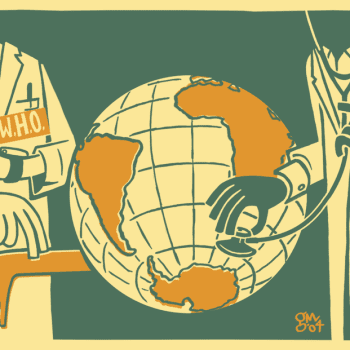Prior to 1974, Congress held Puerto Rico’s minimum wage below that of the mainland, a sensible policy given the commonwealth’s lower level of economic development and labor productivity.
Then, with the best of intentions, lawmakers ordered Puerto Rico to equalize its rate with the federal figure; this was phased in by 1983, and the Puerto Rican minimum wage has moved in lock-step with the federal minimum ever since.
The results were sharply disruptive, according to a 1992 National Bureau of Economic Research analysis. They included “substantially reduced employment on the island” and mass migration of suddenly unemployable lower-skilled workers to the U.S. mainland.
Puerto Rico did post a short-term increase in real earnings, but the causal factor was the out-migration, which shrank the labor supply. Without the exodus, the authors noted, “it would have been virtually impossible to impose the U.S.-level minimum on the island.”
Today, a full-time job at the minimum wage of $7.25 pays 77 percent of Puerto Rico’s per capita income, compared with 28 percent in the United States. High prices for low-skilled labor kill employers’ incentive to invest and create jobs, especially in the labor-intensive tourism sector, which faces stiff competition from the hotels and resorts of lower-wage Caribbean islands.
A 2012 World Bank study found that the minimum wage, relative to the value added per worker, is nearly twice as high in Puerto Rico as it is in the Bahamas and Jamaica.
In short, the minimum wage is a major reason for what a newly published report by two former and one current International Monetary Fund economists calls “the single most telling statistic in Puerto Rico”: Only 40 percent of the adult population on the island is employed or looking for a job — versus a U.S. labor force participation rate of 63 percent.
Of course, many Puerto Ricans work for less than the minimum — in the black-market economy, which is untaxed. In other words, the minimum wage also helps explain Puerto Rico’s lack of revenue with which to service its debt.
Puerto Rico’s dysfunctional labor market is not only due to the relatively high minimum wage. Also killing the demand for, and supply of, labor are the island’s onerous overtime, paid-vacation and job-security regulations.
And even at the minimum wage, full-time work in Puerto Rico pays less than the combined package of welfare, Medicaid and food stamp benefits for which a family of three might qualify.
Taken together, these factors result in “massive underutilization of labor, foregone output and waning competitiveness,” the IMF economists’ report concludes.
[Keep reading. . . .]















